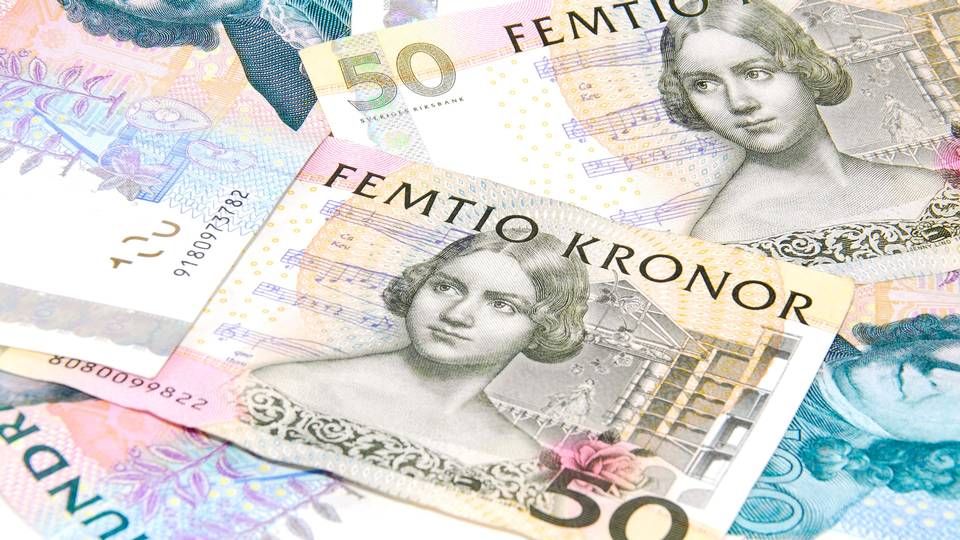AP funds set for alternatives investment freedom after 2016 expansion

In the recently released annual report on the AP funds, put forward to parliament by Sweden's Minister for Financial Markets Per Bolund, the government said it was now working on a proposal to change the investment rules for the four funds and modernize their governance around sustainability, in order to maximize returns.
The new rules are meant to be in place during the course of next year.
The funds themselves have been vocal on the need for more lee room to invest in alternatives — such as real estate, hedge funds and private equity — in particular since the much-debated reform of the AP fund system was shelved at the end of 2015 after the failure of any political consensus on the matter.
Even though AP2 delivered a 10.2 percent return on its investments last year, for example, the fund's Chief Executive Eva Halvarsson made public mention earlier this year of the fact the investment restrictions were proving a stumbling block.
"We realize that the return rates we had historically, with a large proportion of interest-bearing assets, are becoming increasingly difficult to achieve with current investment rules for the AP funds," she said.
The funds' alternative investments have mushroomed over the last ten years, and hit SEK 288 billion at the end of 2016, or 22 percent of their assets, up from just 4 percent or SEK 34 billion back in 2006.
A changing market
Markets have changed in a big way in the last 16 years, the finance ministry acknowledged in its report, but the rules governing the first four of the national pensions buffer funds have not.
"Today's rules limit the conditions for creating high risk-adjusted returns," the report said.
Because of the rules, the AP funds have lower allocations to private equity and invest more through external asset managers in alternative assets than many other large pension funds in other countries, because of the restrictions on investment in unlisted assets, according to the report.
AP1 and AP2 were even forced to sell some assets as a direct consequence of their alternative investments generating a good return, it said.
The twin facts of ultra-low interest rates and the pension funds' duty to hold at least 30 percent of their investments in interest-bearing assets is likely, the report said, to hamper their ability to meet long-term return targets.
But it warned that as things stand, the AP funds do not have the special skills needed to make direct investments in unlisted assets, and that this should be considered when the decision is being made about how they should build up their holdings in this type of asset.
Under the current rules, the funds' investments have to be made in "listed and tradable instruments", but not in commodity-related investments, with at least 30 percent of assets in fixed-income with low credit and liquidity risk.
No more than 5 percent of assets can be in unlisted securities, and these must be made indirectly via venture capital companies for example.
Cutting costs
At least 10 percent of assets must be managed by external managers.
The AP funds became more cost effective last year, partly because they worked more to cut costs by bringing asset management in house, and worked together on procuring internal audit services, according to the report.
But the ministry is now suggesting the funds could be run even more cheaply by negotiating deals with external asset managers as a group rather than individually.
"More dialogue and exchange of experiences between the AP funds would probably be valuable in identifying possibilities to reduce costs, without the principle of competition being waived," it said.
After making their individual investment decisions, the funds could evaluate collaborative cooperation in joint negotiations with external managers for improved investment conditions, especially in alternative investments, it said.
"The funds could also consider joint procurement of management — for example, fund management of private equity and hedge funds — or joint procurement of external services such as market information and data," the ministry said in the report.
Former minister proposes revamp of Swedish public pension system
Sweden's AP7 to forge ahead with external management















